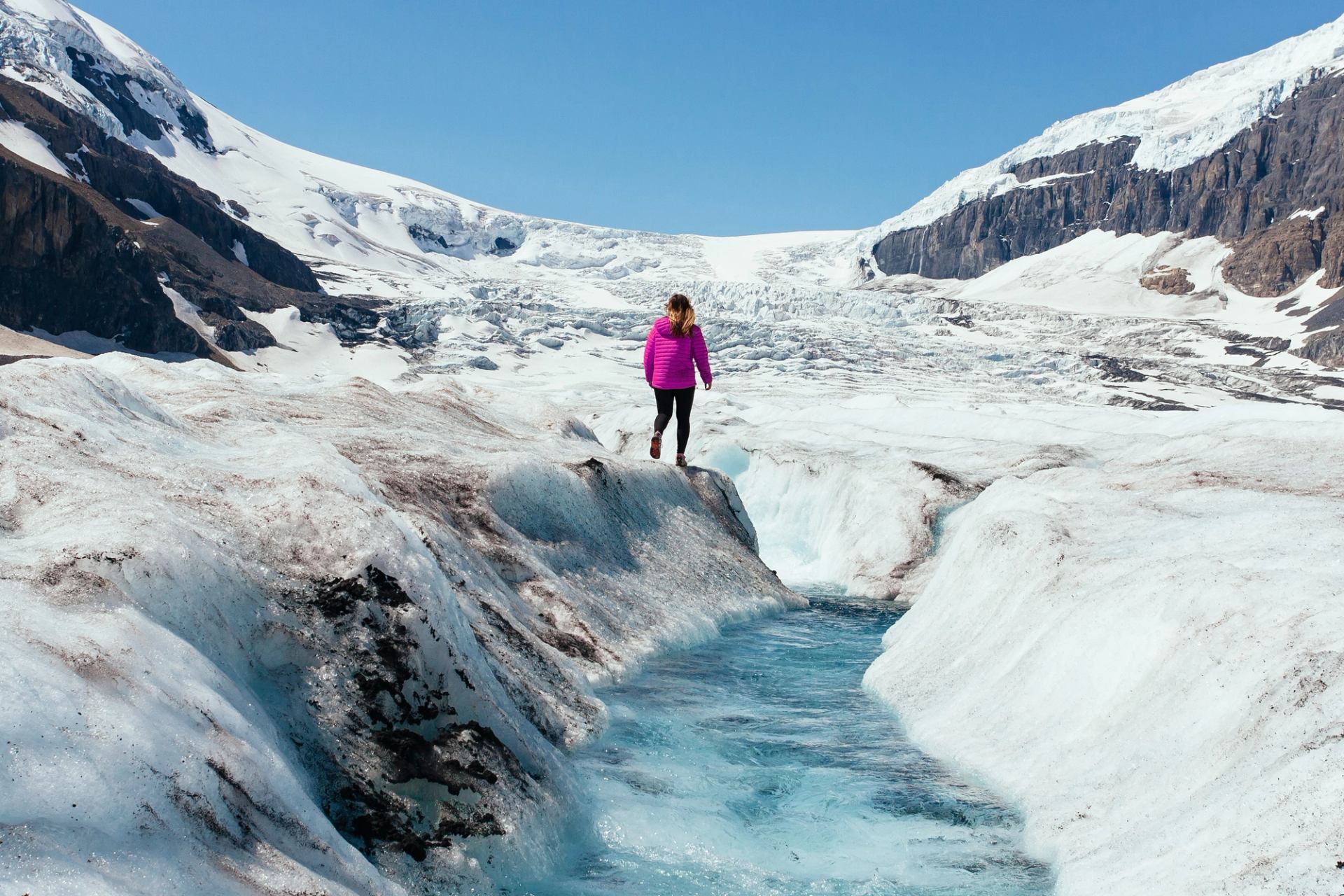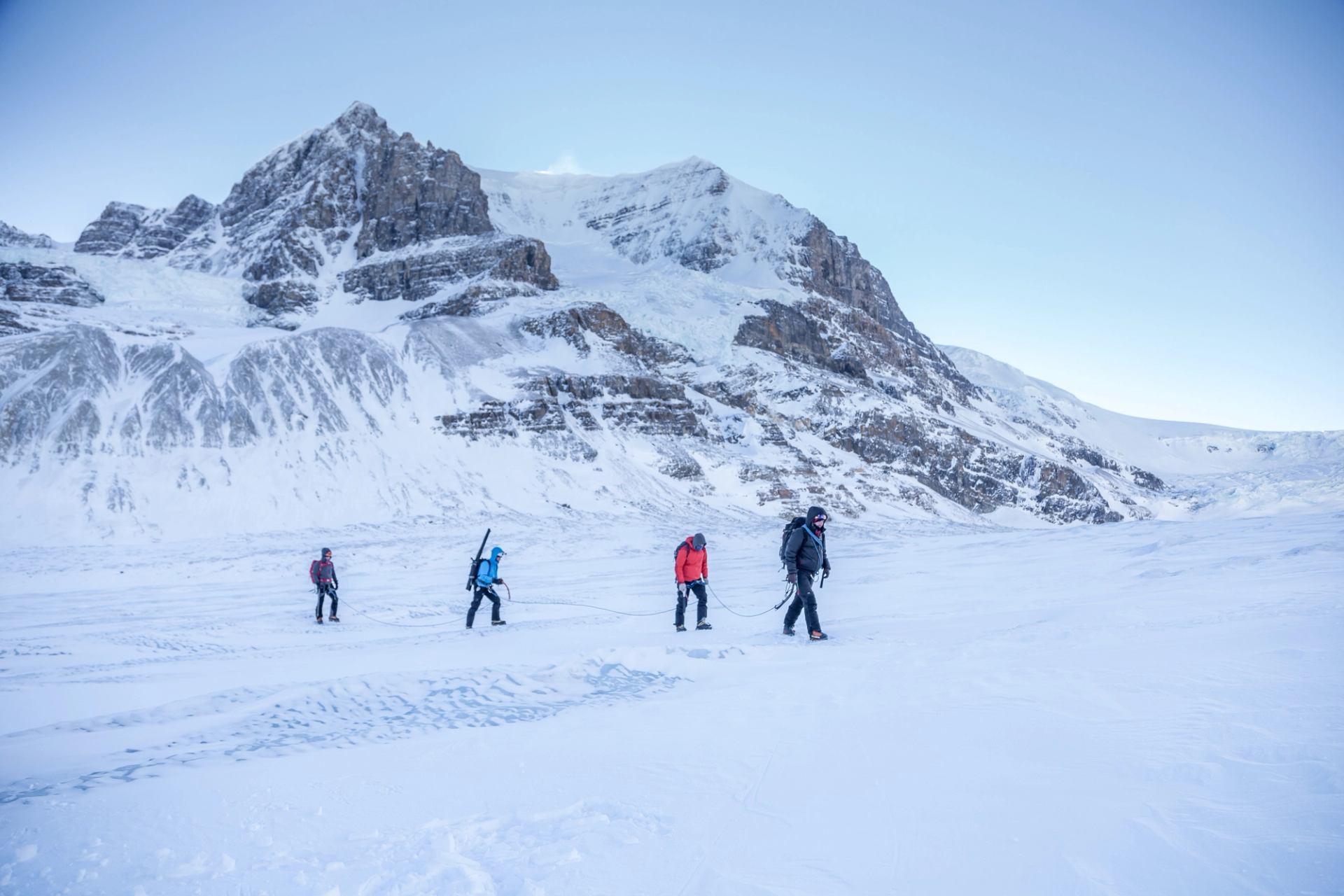1 / 5
Athabasca Glacier is North America's most-visited glacier. It’s a large part of the colossal Columbia Icefield. Although it has receded over the last 125 years, the glacier still covers approximately 6 sq km (2.3 sq mi) and, at its thickest, measures 300 m (985 ft). The Columbia Icefield is enormous because about three-quarters of the highest peaks in Jasper National Park are nearby the Columbia Icefield. The mountains are ideally located to capture the moisture carried by the Pacific winds. Most of this precipitation falls as snow—up to seven metres (23 ft) a year. That’s more snow than can melt during the summer, so the snow accumulates and eventually turns to ice. The Athabasca Glacier descends over three bedrock steps from the icefield and flows down the valley. You can see it from the Icefields Parkway, but it’s worth stopping for a closer look. Take a guided guided tour onto the glacier and really get a feel for this fantastic place. You can even drink its waters.
Read more



